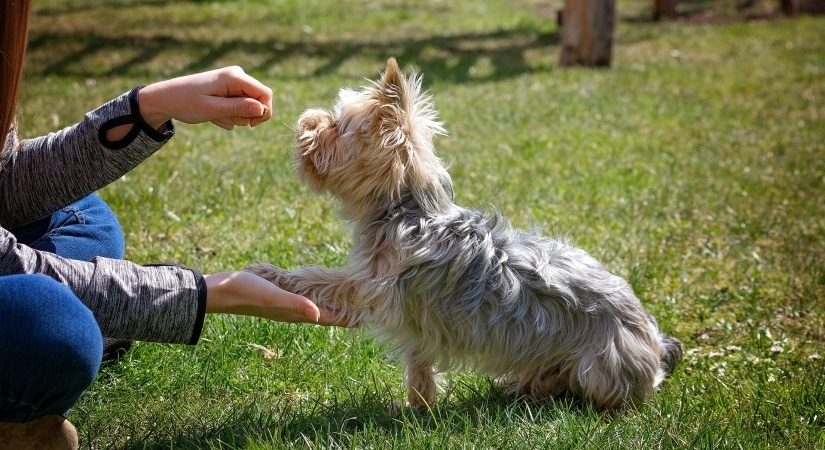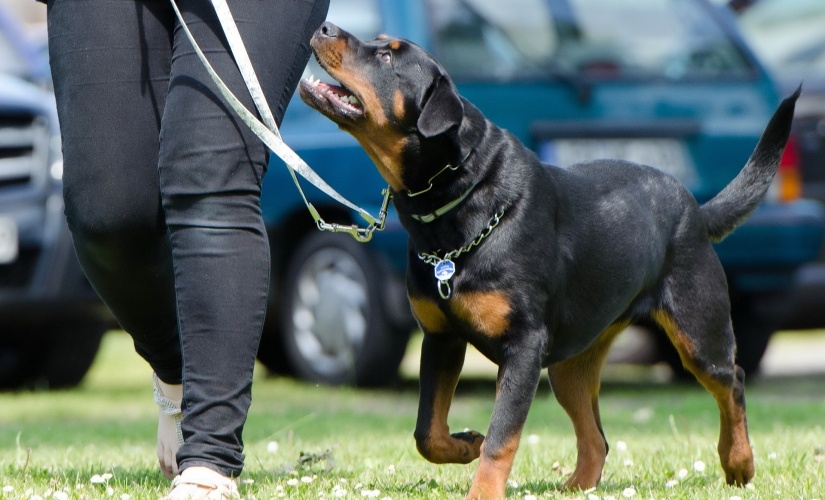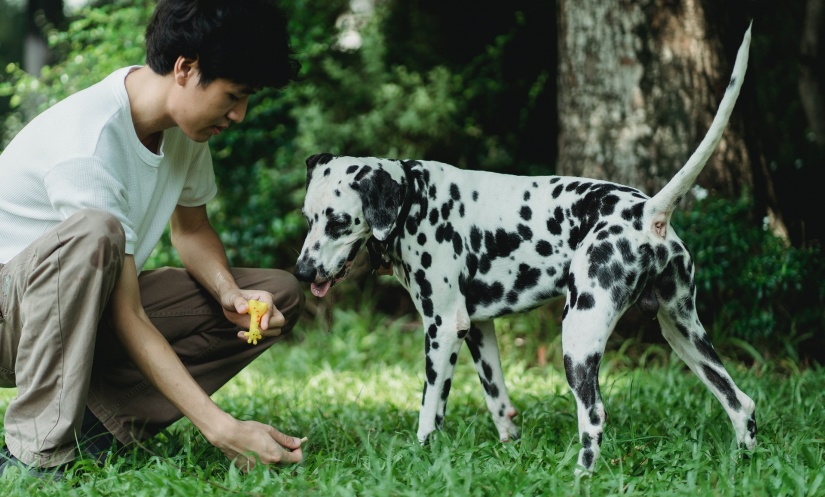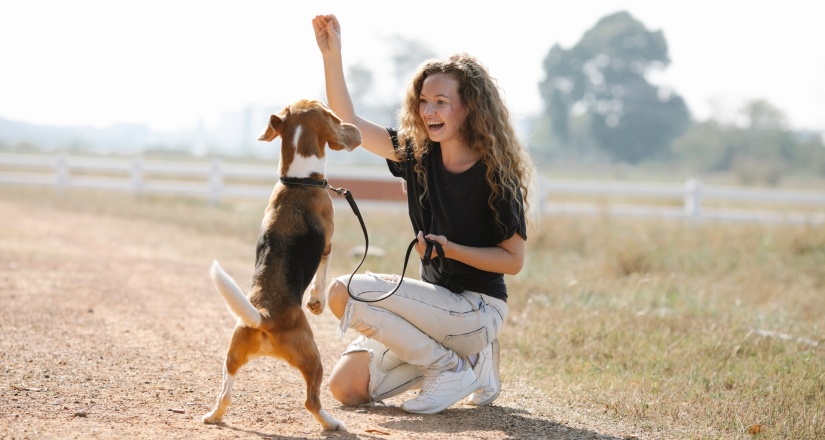Often times people have a hard time training their dogs and become frustrated by a variety of problems. Some people succeed in teaching their dogs to obey a command when undistracted but as soon as their in any other environment the dog fails to comply anymore.
People also tend to get angry with a misbehaved dog and lash out at them. This is a purely destructive behavior from the point of teaching him something. The following tips hold for any dog in any environment. In order to make sure you have a well behaved dog all you need to do is follow these tips.
Start training at an early age
You’ve probably heard of breeds that need early obedience training or they won’t behave right and that’s fine. But why should you do it with a responsive, obedient breed?
First of all don’t think that old dogs can’t learn anymore. They can. But it’s going to require un-learning bad habits beforehand, and then constructing towards a favorable result. Starting early eliminates these problems and will also make the dog easy to manage even if it’s a giant breed.
Negativity has no place in dog training

One thing many people fail to understand is that training your dog is supposed to be a fun, enjoyable activity. If you come to it grumpy and impatient there’s little chance for any good to come out of it.
Keep training sessions upbeat and happy. Use positive reinforcement and motivational speech. Treat your dog gently. You’re trying to make this an enjoyable activity for both you and your dog. If he is afraid or bored he is less likely to listen to you.
Don’t try to train your dog when he can be easily distracted
This is even more important if your dog is unresponsive. If he doesn’t listen to you when you’re at home, where distractions are minimal. He most certainly won’t listen to you when he sees pigeons, food scraps and other dogs.
Keep distractions to a minimum. Try to tell your family members to avoid the room or place you’re training in so you can have your dogs undivided attention. Nothing is more annoying than a food announcement just when he was about to finally Sit.
Never give commands you can’t enforce
This is such an easy thing to forget. Every time you give a command that is not obeyed and you can’t enforce you’re basically telling your dog that commands are optional. Couple that with distractions and you have a sure recipe for unresponsiveness.
Avoid repeating the same command

One command, one compliant response. That’s how it goes. Give only one command, then enforce it (remember never to give a command you can’t enforce). If you repeat the same command like “Come, come, come, come” you will quickly notice that the dog will usually respond at the 5th or 6th time.
The first few instances of a command are a bluff, that’s how the dog sees it. They’re not to be obeyed. This is a bad way to train your dog. Instead, say the command once: “Come” then gently enforce said command. Then praise or reward him for good behavior.
Don’t waste your time with combined commands
Giving your dog a combination of physically incompatible commands will further confuse him. Saying something like “sit-come” will confuse him. Another example is “sit-down” which doesn’t exist. You can, though, say “sit” and then “come” only when he has performed your first command.
Avoid reinforcing bad behavior
This one is a little trickier but you see it a lot. The dog just jumped on your guest and what do you do? you immediately give him plenty of attention. Sure, it’s negative attention, but the dog doesn’t care.
The dog is receiving attention and handling, and plenty of it, too. This will lead him to do it again, because it seems to work so well. Don’t play into your dogs traps, he’s a clever little fella.
Discipline after the fact simply doesn’t work

This calls for good timing. And stands shoulder to shoulder with the last tip. Your dog is in the yard, he sees the neighboring cat on the fence. He goes closer and prepares to jump after it.
This is the single, best moment to correct his behavior. If you tell him “no” after he jumped he doesn’t know what he did wrong. Correct misbehavior before it happens. Do it while he’s thinking “I’m going to jump after that cat”.
Don’t confuse your dog with unknown commands
Whenever you give a command make sure the dog already knows what you want and how to comply correctly. Furthermore, realize that stress and fear will inhibit his response.
If he is afraid or stressed out he’s not being stubborn. If he doesn’t know what you want or how to please you he’s not being stubborn. He’s just confused. Avoid confusion.
Finally, don’t use your dog’s name negatively
He should be happy when he hears his name. Use his name when positively reinforcing behavior, such as “well done, Sally” rather than “no, Sally, don’t do that”. Dogs respond to tone of voice, and a gentle and pleasant association with his name will greatly improve his relationship with you.
Training your dog is not hard. It’s enjoyable. You need the right attitude and the proper tools to achieve success, but once you get the hang of it it will become your favorite time of the day.
